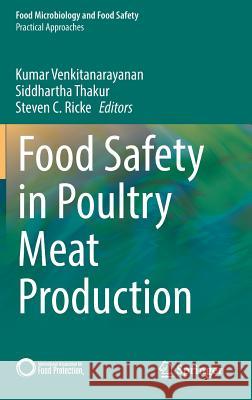Food Safety in Poultry Meat Production » książka
topmenu
Food Safety in Poultry Meat Production
ISBN-13: 9783030050108 / Angielski / Twarda / 2019 / 301 str.
Kategorie:
Kategorie BISAC:
Wydawca:
Springer
Seria wydawnicza:
Język:
Angielski
ISBN-13:
9783030050108
Rok wydania:
2019
Wydanie:
2019
Ilość stron:
301
Waga:
0.61 kg
Wymiary:
23.39 x 15.6 x 1.91
Oprawa:
Twarda
Wolumenów:
01
Dodatkowe informacje:
Wydanie ilustrowane











